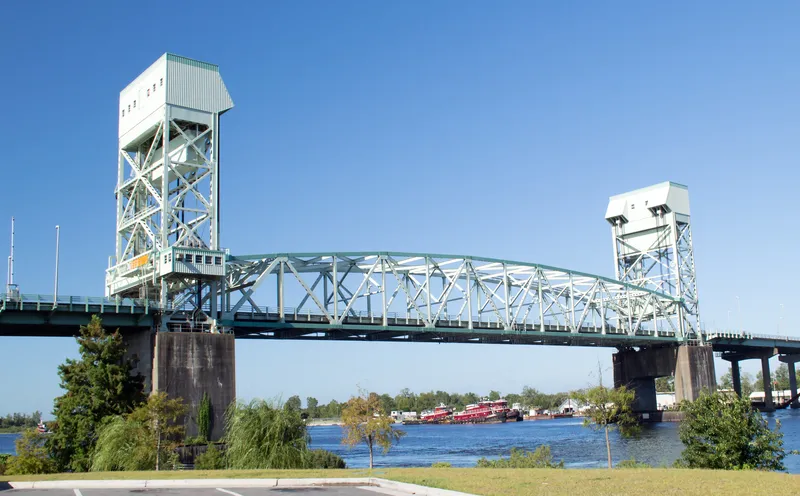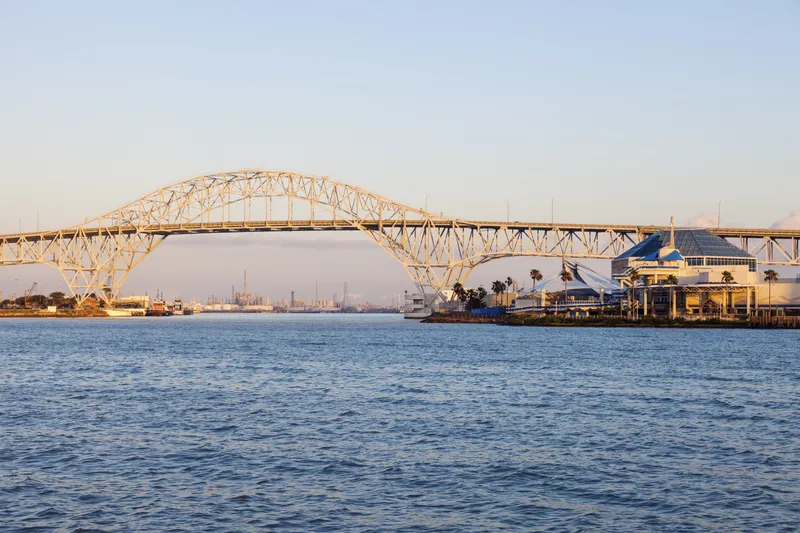A new report from the
Increased transportation investment by federal, state and local governments will help drive the growth across all modes, according to ARTBA chief economist Dr Alison Premo Black.
Total domestic transportation construction and related-market activity is projected to reach US$278.1 billion, up from 2018’s $266.9 billion, after adjusting for project costs and inflation.
The transportation construction market also grew by 4.2% in 2018 compared to 2017, driven largely by gains in airport terminal and runway construction, which increased by $5.8 billion, or 33%. Spending on public highway and street construction rose by $2.7 billion in 2018.
One wild card in the forecast, Black says, is the outlook for the scheduled 2020 reauthorisation of the FAST Act surface transportation law and the ability of Congress to find additional revenues to support the Highway Trust Fund. “If states start delaying transportation improvement projects in response to uncertainty over the future of the federal program, it will temper 2019 market growth,” Black said.
Although the overall US transportation infrastructure market will see growth next year, the situation will likely vary significantly by state and region, according to Black.
Highway construction market activity is expected to increase in about half of the states and Washington, DC. The market should be steady in another five states, with activity expected to slow down in the remaining 20 states.
Other market risks include uncertainty over material prices, increased labour costs and potential labour shortages in some regional markets.
The real value of public highway, street and related work by state DOTs and local governments—the largest market sector—is expected to increase by 5% to $66.5 billion after growing 4.5% in 2018.
Work on private highways, bridges, parking lots and driveways will increase from $65.9 billion in 2018 to $69.1 billion in 2019 and will continue to grow over the next five years as market activity increases in those sectors.
The pace of bridge and tunnel work slowed in 2018, but is expected to grow 1.5% next year to $31.7 billion, with the pace increasing to over 2% annually in 2020 and beyond.
Growth expected for US construction market
A new report from the American Road & Transportation Builders Association (ARTBA) predicts growth for the US construction market in 2019. The US transportation infrastructure market is expected to grow 4.2% in 2019, according to ARTBA’s annual economic forecast.
December 6, 2018
Read time: 2 mins








